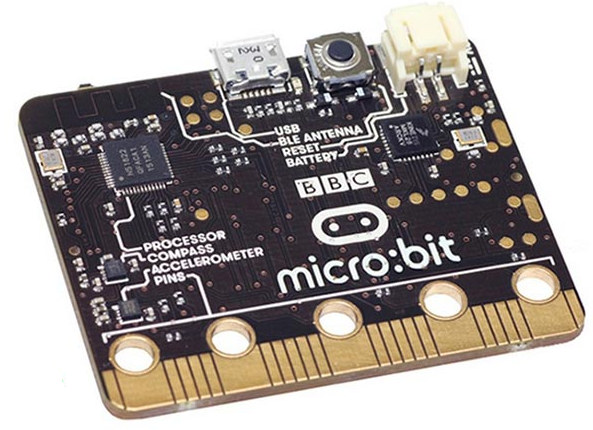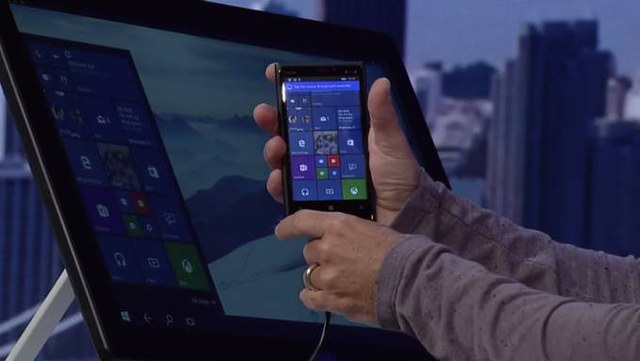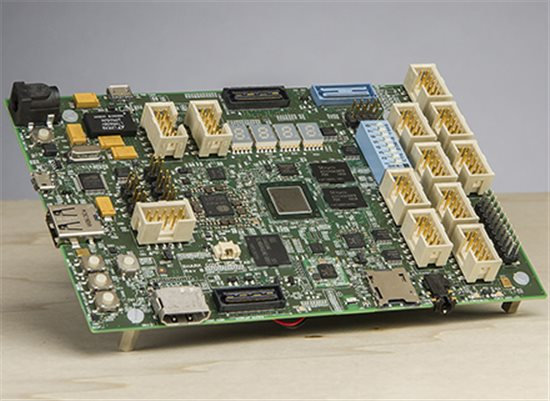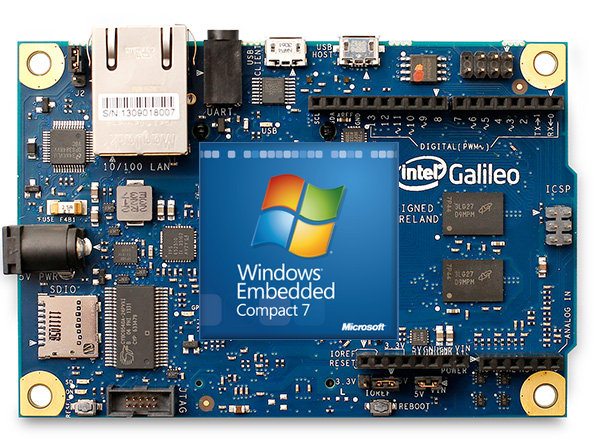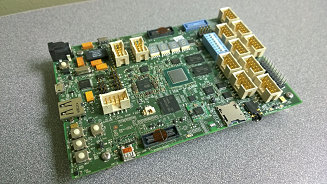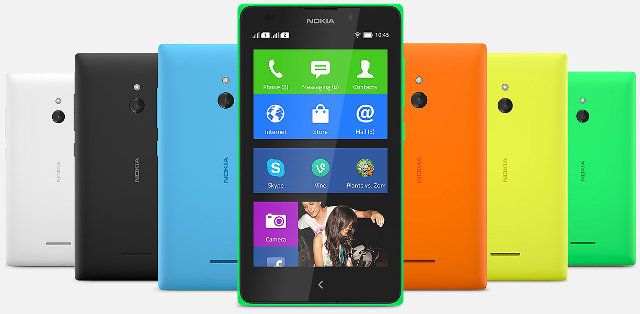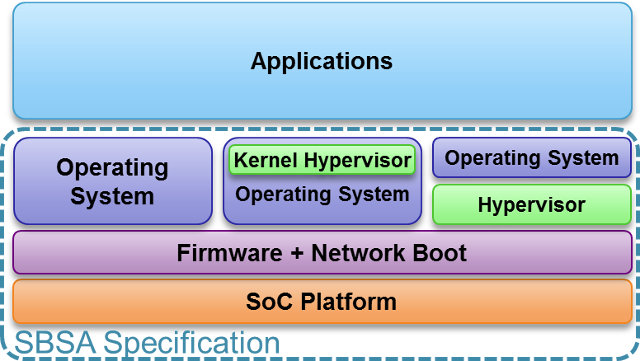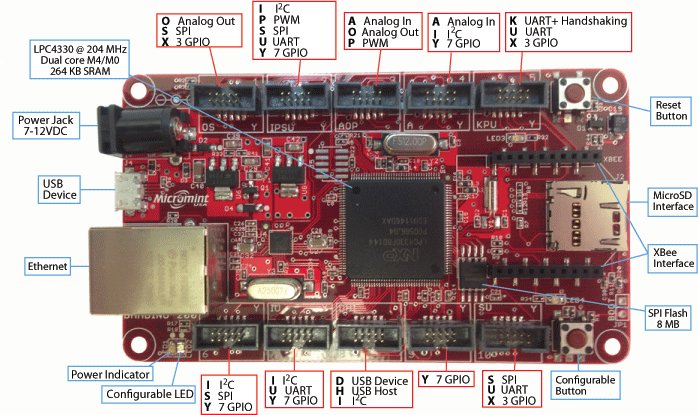The BBC announces its intention to give away 1 million Micro Bit to British schoolchildren a few months ago, but at the time, the specifications were not completely frozen. The broadcaster has now finalized the design which is based on an ARM Cortex M0 micro-controller. Micro Bit board specifications: ARM Cortex M0 micro-controller (Nordic Micro nRF51822 Bluetooth SoC) 5x holes for 3V, GND, and 3 GPIOs 2x user buttons, 1x reset button 25x red LED indicator lights in a 5×5 matrix Connectivity – Bluetooth LE Sensors – Compass, magnetometer, accelerometer USB – 1x micro USB port for port and programming Power – 5V via USB or battery port to connect two AAA batteries Dimensions – 4cm x 5cm On the software side, the BBC has partnered with Microsoft to develop a web based, drag and drop interface for programming called TouchDevelop. Samsung is also involved in the project as […]
Continuum Brings Desktop Mode and Dual Display Support to Windows 10 Smartphones
I’m eagerly waiting for the day when Ubuntu convergence becomes reality, and I can run Ubuntu on a smartphone which I can also use as desktop PC. But Canonical is not the only company working on convergence and Microsoft has announced Continuum for Phones as part of Windows 10, that will bring desktop mode and support for dual independent displays to next-generation Windows 10 phones. To switch a Windows 10 smartphone to desktop mode, you’ll simply need to connect it to a desktop display, and Bluetooth keyboard and mouse, and it will automatically switch to a standard Windows 10 desktop on the big screen where you’ll be able to run apps like Microsoft Office, and other Universal Windows apps, as if it was running on an actual PC or laptop. The dual screen feature will allow you to check your emails on Outlook on a TV, while your kids watch […]
Sharks Cove Intel Atom Bay Trail-T Development Board for Windows and Android is Now Available for $299
When Intel announced their Sharks Cove development board, they did not provide that much information, except for the fact that it aimed at Windows development, it would be easy to buy for hobbyist, and provided a picture of the board. The board has now been launched, is available for pre-order for $299, and technical details have been published. Intel Sharks Cove specifications: Soc – Intel ATOM Processor Z3735G, 2M Cache, 4 Core, @ 1.33GHz (Burst frequency: 1.88GHz) with Intel HD Graphics System Memory – 1GB 1×32 DDR3L-RS-1333 Storage – 16GB EMMC 4.5, micro SD Card slot, 2MP SPI NOR Video Output / Display – HDMI connector and MIPI Display Connector Audio – Realtek ALC5640 audio codec, 3.5mm stereo headphone jack, header for speaker, and on-board digital mic Connectivity – None. But Ethernet or WiFi can be added through USB. USB – 1x USB 2.0 type A connector, 1x micro USB […]
Microsoft is Giving Away Intel Galileo Arduino Compatible Boards to Developers
Microsoft has already launched several initiatives to reach the maker movement and app developers with .NET Gadgeteer supported by platform like Bambino 200, as well as Intel Shark Cove development board for Windows development. The company has now launched a website called windowsondevices.com where they currently have a signup page for developers to send a kit based on Intel Galileo, an Arduino compatible board powered by Intel Quark processor. There’s currently very little information on the software and documentation part of the development kit, but there are links to Visual Studio Express, Windows Embedded’s Internet of Things page, and a link to Maker Faire, so it gives what the kit will be for. Apparently they’ll send the kit to selected candidate whether “you are an experienced Windows developer looking to jump into the Internet of Things or you are new to Windows development and want to build the next big […]
Microsoft Announces Intel Shark Cove Windows Development Board
There are now plenty of affordable ARM based Android and Linux development board which you can use to develop apps that access hardware drivers, and a few Intel based ones have also started to pop-up such as Galileo and Minnowboard MAX. The problem, for Microsoft, is that none of them currently support Windows. You could always use a PC to develop Windows apps, but this may become a problem once you start dealing with embedded devices and want to access undiscoverable buses such as GPIOs, serial interfaces and so on, as PCs are also protected by secure boot which limits developing and testing third-party drivers. So Microsoft has decided to join the affordable development boards bandwagon, starting with Intel Shark Cove development board for Windows developers. There are very few technical details about the board, but we do know it will based on an Intel Atom processor, and provide access […]
Nokia Launches Nokia X Android Phones with Microsoft Services
After months of speculations and leaks, Nokia has formally announced Nokia X family of Android phones that instead of coming with Google services, comes with Microsoft services and user interface, as well as Nokia apps. Three phones has been announced, namely NokiaX, Nokia+ and NokiaXL. Let’s look at the specifications: SoC – Qualcomm Snapdragon S4 dual core @ 1 GHz System Memory – 512 MB RAM (Nokia X), or 768 MB RAM (Nokia X+/XL) Storage – 4GB NAND flash + micro SD card up to 32 GB Display Nokia X/X+ – 4″ IPS LCD touch screen – WVGA (800 x 480) Nokia XL – 5″ IPS LCD touch screen – WVGA (800 x 480) Connectivity – Wi-Fi 802.11 b/g/n, Bluetooth 3.0 + HS Cellular Networking – GSM: 850 MHz, 900 MHz, 1800 MHz, 1900 MHz, WCDMA: 900 MHz, 2100 MHz. Dual (micro) SIM card slots. Camera Nokia X/X+ – 3MP […]
ARM Unveils Server Base System Architecture Specification (SBSA) to Standardize ARM based Servers
64-bit ARM based servers should hit the market later this year or earlier in 2015 with SoCs such as Applied Micro X-Gene or AMD Opteron A1100. ARM still has the lead in terms of efficiency with a lower dollar per watt ratio, but Intel is closing in with their new Avoton server-on-chips. However, there’s one aspect where Intel is clearly in the lead: standardization and compatibility. ARM is very flexible, and allow SoC designers to create more or less what they want, but it comes at the cost that most ARM based systems are not capable of running mainline Linux, and instead use vendor trees. With many applications, that may not be critical, but when it comes to data-centers, companies want to be able to run the latest Linux version with the latest security patches as soon as possible, and want to lower the total cost of ownership (TCO), so […]
Micromint Bambino 200 and 200E Dual ARM Cortex M SBC Support .NET Gadgeteer and mbed Applications
Micromint, a US based supplier of single-board computers and industrial embedded controllers, has just announced Micromint Bambino 200 and 200E single board computers powered by NXP LPC4330 dual core Cortex M4/M0 MCU @ 204Mhz. Those 2 boards support .NET Gadgeteer and mbed frameworks. Key Features of Micromint Bambino 200: NXP LPC4330 Dual core ARM Cortex-M4/M0 @ 204 MHz with 264 KB SRAM. Storage – 4MB SPI flash USB – High-speed USB 2.0 device port used both as a power source and for data communications or debugging Misc – 2 buttons, 2 LEDs 5 Gadgeteer sockets Dimensions- 101.6 x 58.4 mm Bambino 200E is based on the same platform but adds: Storage – 8 MB SPI Flash (vs 4MB) 10 Gadgeteer sockets 10/100 Mbps Ethernet microSD socket Xbee socket Power jack – 7 – 15 VDC The company also explains that a JTAG for low level debugging, a coin cell battery […]


